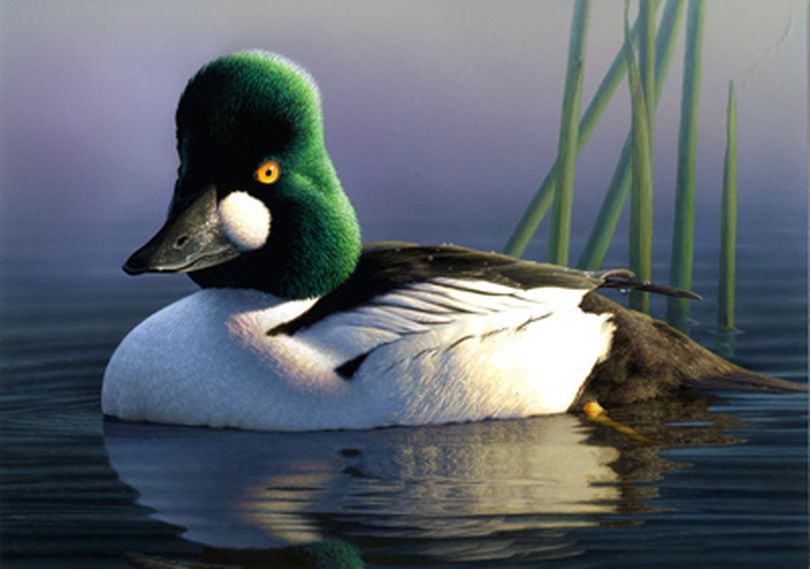Bill would raise duck stamp to $25

CONSERVATION -- A bill was introduced in the U.S. Senate today to increase the price of the federal duck stamp to $25. The current price of $15 was set more than 20 years ago, in 1991.
"We appreciate the introduction of a federal duck stamp increase bill by Senators Begich, Baucus, Coons and Tester to meet very real on-the-ground wetland habitat conservation needs," said Ducks Unlimited CEO Dale Hall in a statement supporting the action. "We are committed to seeing this legislation signed into law and look forward to working with Senators on both sides of the aisle to enact this."
Since its enactment in 1934, the federal duck stamp program has protected more than 6 million acres of wetlands – an area the size of Vermont – through expenditures of more than $750 million. This has contributed to the conservation of more than 2.5 million acres in the Prairie Pothole Region, including the protection of 7,000 waterfowl production areas totaling 675,000 acres.
Land values have drastically increased since the last price increase in the 1990s. In Minnesota, for example, land has increased from an average price of $400 to $1,400 an acre since 1998, an increase of 250 percent. While the duck stamp price remains stagnant, the cost to conserve land and habitats that host waterfowl and other species has increased dramatically.
At its current price, the buying power of the federal duck stamp has never been lower over its 79-year history, DU says.
The Congressional Budget Office found that because the federal duck stamp is a user fee, such a price increase would have no net impact on federal spending.
"Once again, sportsmen and women have demonstrated their willingness to pay for conservation by supporting a long-overdue increase from $15 to $25. With 98 cents of every $1 from duck stamp receipts going to conserve wetlands habitat, it is vital that the cost of the stamp keep up with inflation and land acquisition costs," Hall said.
